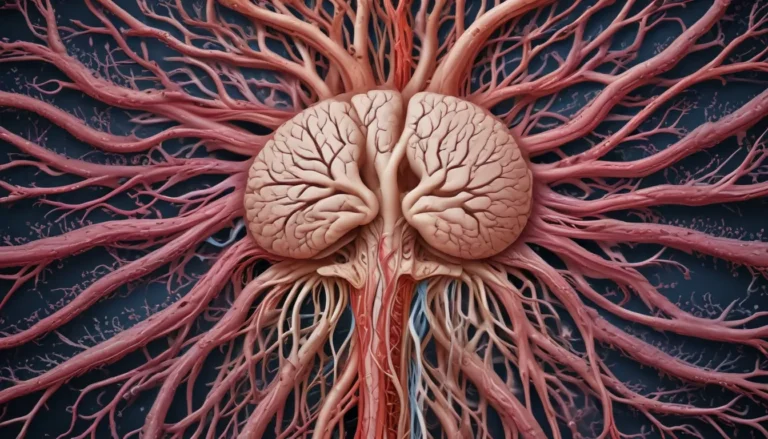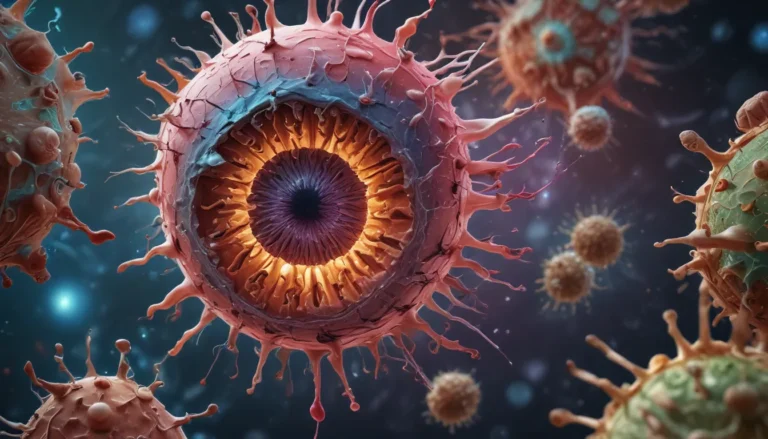A Note About Images: The images used in our articles are for illustration purposes only and may not exactly match the content. They are meant to engage readers, but the text should be relied upon for accurate information.
In the realm of molecular biology, the process of tRNA charging, also referred to as tRNA aminoacylation or tRNA activation, stands as a captivating phenomenon that underpins the translation of genetic information into functional proteins. This intricate process involves the precise attachment of amino acids to their corresponding transfer RNA (tRNA) molecules, ensuring the accurate decoding of the genetic code. Despite its apparent simplicity, tRNA charging is a complex and enigmatic process that has captivated scientists for decades.
Understanding the Essence of tRNA Charging
- tRNA charging is Vital: The process of tRNA charging, also known as aminoacylation, is a critical step in protein synthesis. It involves the attachment of amino acids to specific tRNA molecules, forming aminoacyl-tRNAs that are essential for accurate translation of the genetic code.
Delving into the Mechanisms of tRNA Charging
- Aminoacyl-tRNA Synthetases: The key players in tRNA charging are the aminoacyl-tRNA synthetases, enzymes responsible for catalyzing the pairing of amino acids with their corresponding tRNA molecules. Each of the 20 standard amino acids has a dedicated aminoacyl-tRNA synthetase to ensure specificity and accuracy.
Exploring the Intricacies of tRNA Charging
- Two-Step Process: The charging of tRNA occurs in two distinct steps. First, the aminoacyl-tRNA synthetase attaches the correct amino acid to the tRNA molecule, followed by the addition of ATP to provide the necessary energy for the reaction.
Ensuring Accuracy in tRNA Charging
- Fidelity Matters: Aminoacyl-tRNA synthetases exhibit remarkable fidelity, ensuring that the correct amino acid is attached to its corresponding tRNA. This fidelity is crucial for maintaining the accuracy of protein synthesis.
Unveiling the Fluidity of tRNA Charging
- Reversibility: The binding of amino acids to tRNA is reversible in certain cases, allowing for the correction of errors and ensuring the fidelity of protein synthesis.
Harnessing Efficiency in tRNA Charging
- Proofreading Mechanisms: Some aminoacyl-tRNA synthetases are equipped with proofreading mechanisms to enhance accuracy by detecting and correcting errors that may occur during tRNA charging.
Shedding Light on the Localization of tRNA Charging
- Cytoplasmic Domain: The process of tRNA charging takes place in the cytoplasm of cells, where the necessary components such as amino acids, ATP, and aminoacyl-tRNA synthetases are readily available.
Embracing the Energy Dynamics of tRNA Charging
- High-Energy Process: Charging tRNAs with amino acids involves the input of ATP, which is hydrolyzed to ADP and inorganic phosphate, releasing energy to drive the charging process.
Emphasizing the Role of tRNA Structure in Charging
- Anticodon Loop Significance: The anticodon loop of tRNA plays a pivotal role in charging by recognizing and pairing with the codon on mRNA, ensuring the incorporation of the correct amino acid into the growing protein chain.
Unraveling the Ramifications of Errors in tRNA Charging
- Human Diseases: Errors in tRNA charging, whether due to defects in aminoacyl-tRNA synthetases or inaccuracies in the process, can lead to severe genetic disorders known as aminoacyl-tRNA synthetase-related diseases.
Unveiling the Intriguing Manipulation of tRNA Charging by Viruses
- Viral Exploitation: Certain viruses have evolved strategies to manipulate the cellular machinery involved in tRNA charging, using the system to generate charged tRNAs for viral protein synthesis.
Celebrating the Innovations Stemming from tRNA Charging Research
- Advancements in Biotechnology: Research into tRNA charging has not only deepened our understanding of cellular processes but has also sparked innovations in biotechnology. Engineered tRNA charging systems have been developed for the production of therapeutic proteins.
A Glimpse into the Future of tRNA Charging
In conclusion, tRNA charging stands as a complex yet fascinating process that plays a pivotal role in protein synthesis. The meticulous binding of amino acids to specific tRNA molecules ensures the accurate translation of genetic information into functional proteins essential for life. As we continue to unravel the mysteries of tRNA charging, there is a wealth of knowledge and discovery awaiting us in the intricate world of molecular biology.
FAQs for Further Clarity
- What is tRNA charging?
-
tRNA charging involves attaching specific amino acids to their corresponding tRNA molecules to facilitate accurate protein synthesis.
-
How is tRNA charging carried out?
-
Aminoacyl-tRNA synthetases catalyze the binding of amino acids to tRNA, forming aminoacyl-tRNA complexes essential for protein synthesis.
-
Why is tRNA charging important?
-
tRNA charging is crucial for ensuring accurate translation of the genetic code and maintaining proper protein structure and function.
-
What happens after tRNA charging?
-
Following tRNA charging, the aminoacyl-tRNA complex is prepared to partake in ribosome-mediated protein synthesis, incorporating the correct amino acid into the polypeptide chain.
-
Are all tRNA molecules charged with amino acids?
- Not all tRNA molecules are charged with amino acids, as some are modified for specialized functions beyond protein synthesis.
Embrace the intricate world of tRNA charging, where each fact unravels a new layer of mystery and discovery in the realm of molecular biology. As you journey through the enigmatic realm of genetic processes, fuel your curiosity and passion for scientific exploration, and unveil the secrets that shape life as we know it.






